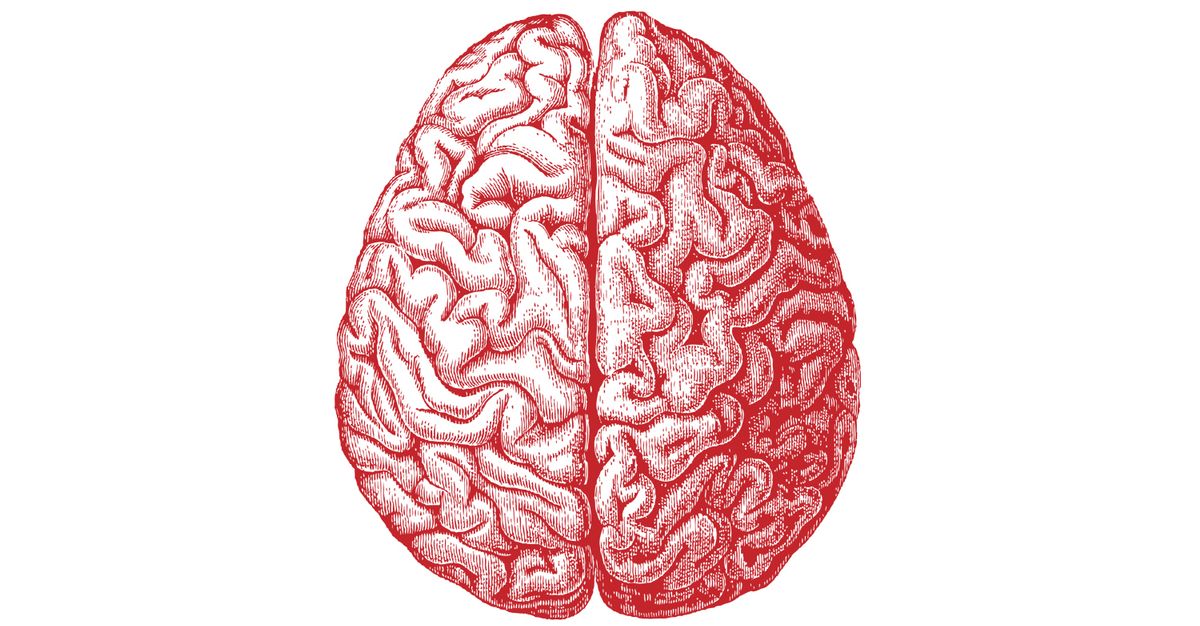Photo credit by Allan Ajifo, Flickr
By Colleen Mertes
Contributing Writer
Fear keeps us alive; the “flight or fight” response is an evolutionary tool that allows us to recognize danger. What does this response look like in the brain? What helps differentiate between dangerous and safe? What parts of the brain are active participants in fear response and makes us avoid future danger?
A team of scientists at Cold Spring Harbor Laboratory lead by Associate Professor Bo Li, post doctorate fellow Mario Penzo, and Stony Brook University’s Jason Tucciarone have explored these questions in a paper, published January 19 in Nature titled “The paraventricular thalamus controls a central amygdala fear circuit.” They identified a circuit that activates the brain to respond to danger and is responsible for remembering these dangers.
Photo Credit ©Esto/CSHL.jpg
Co-author Jason Tucciarone said in an article published by the Stony Brook Newsroom that the greater understanding of how fear functions in the brain could “provide clues to faulty processing of threats that can lead to anxiety, phobias, and, perhaps, post traumatic stress disorder.”
The team first explored the thalamus, the “switchboard” of the brain, focusing on the para-ventricular nucleus of the thalamus which is “activated by physical and psychological stressors” according to authors. Using mice, they administered mild foot shocks to simulate danger and genetically altered mice to explore the specific areas in the circuit.
The experiments found that the posterior nucleus in the thalamus, which has neurons that communicate through synapses with the lateral division of the central amygdala, the site of fear memory, has the significant role of conditioning the mice to fear certain situations.
Photo credit Ben Cadet (Jul. 4, 2008).
The team tested the protein called brain derived neurotrophic factor, which is known to regulate synaptic function, to see if it was the messenger between the two. They found that mice without the gene to produce the protein or receptors for the protein had an impaired ability to recognize danger. Mice that had not been genetically altered and were given a boost of this protein had an increased response to the same situations. These results led the researchers to conclude that the transmissions of this particular protein from the posterior nucleus in the thalamus to its receptors in the amygdala aid the brain in forming fear memory and in expressing a fear response.
When asked if this research could open doors for treatment of PTSD, Dr. Frank Cervo, medical director of the Long Island State Veterans Home, said it was a “clear yes.” He elaborated that based on his knowledge of drugs used to treat ailments such as schizophrenia and dementia, where a chemical was found that could be manipulated, it makes physiological sense that the same could be true of PTSD. He was clear that this research needs to be reproduced and the fear circuit would need to be tested further, but agrees that this research is a budding prospect.
Cervo said that current methods used at the veterans home to for patients with PTSD include non-pharmacological and cognitive behavior therapies to help cope with their symptoms as well as anxiolytic medication to decrease anxiety, antidepressants, and, in severe cases, anti-psychosis medication. He mentions that it’s common for the veterans with PTSD to have high anxiety, nightmares, and flashbacks. Cervo commented that neurological research like this is very beneficial to a veteran’s home because it is their “job to alleviate suffering and pain.”


